There is evidence in a cave in Bulgaria that flax fiber has been used for over 30,000 years. The following are brief descriptions of the main categories of end-uses.

"Lin" is the Latin word for flax and "linen" is the Latin word for the yarn and fabric made from flax fibers. The Egyptians, Greeks, Romans, Phonecians and many other people used flax fiber to make linen yarn that was then woven into linen fabrics and made into clothes. Cotton was either unknown or very expensive; synthetic fibers did not exist and wool was too hot for summer wear. Linen fabrics absorb about 50% more moisture than cotton and hence pure linen fabric is the coolest fabric people can wear.
In recent decades, linen can be knitted, printed with elaborate patterns and/or given a chemical treatment; all of which reduce or eliminate the wrinkling of linen that North American consumers often do not appreciate. Over half of the world's production of flax fiber is still used in textiles. The trend to wearing more earth friendly fabrics is quickly driving up the demand for both traditional and easy care linen and linen blend garments.
Flax fibers were long used to make strings, ropes, fishing lines and fishing nets and traps. The present extensive ocean and waterway pollution with plastic fishing gear, may, in the future, lead to a resurgence of flax fiber based products as society strives to reduce plastic pollution.
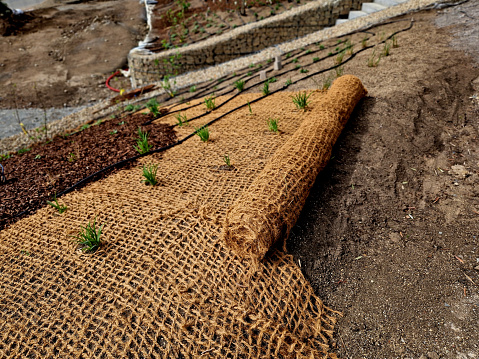
Geotextiles are "fabric-like" materials that generally lie next to the ground to either reduce soil erosion from water and/or wind or to reduce soil evaporation rates and weed growth. They are also used to reduce the level of dust and erosion at road, railroad, construction, oil drilling and mine sites.
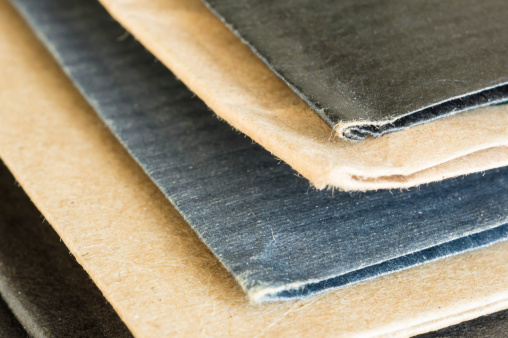
Paper made from flax fiber is more expensive than paper made from wood fibers from trees but flax fiber base paper is stronger, more durable and is often more porous than wood fiber based paper. These properties have long made it desired as a paper for cigarettes and currency. Unlike wood fibers, flax paper can be made, if so desired, without the use of chemicals. Although this is a more expensive method, it means flax fibers can be used to produce archival quality, pH neutral papers that are still sought after by artists, art framers, rare book restorers and those who want paper to last hundred of years.
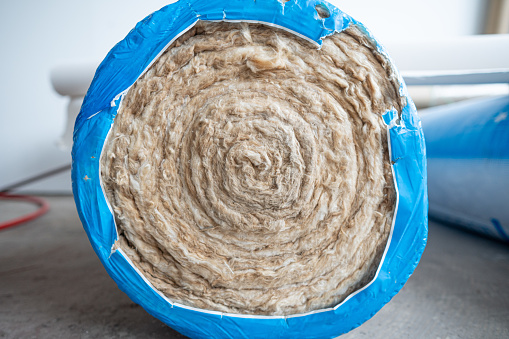
Flax fibers can be processed to form insulation batts or blown-in fiber or shive, for both thermal and sound insulation. This is an increasingly popular use since a variety of flax fiber lengths, colors, diameters and shive content can be blended together in different combinations and still produce a finished product with quite consistent performance characteristics. It can be made fiber resistant with the addition of natural chemicals like borax or manmade fire retardants.
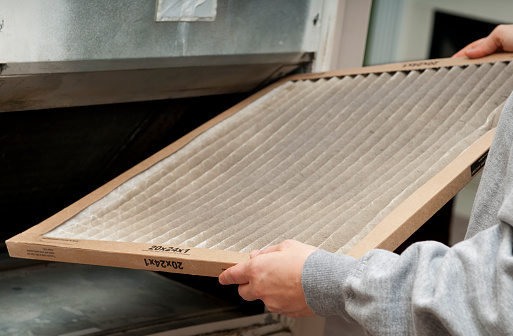
This is a relatively new category of end use. Most filters in use today are made with plastic based fibers because such fibers are cheap, consistent and easily sourced. This, in turn, has give rise to huge numbers of a cheap throw away filters. Most do not compost or burn and are not recycled and hence end up as yet more material to dump onto landfills. There are many kinds and types of filters and flax fibers would not work in all filter situations (e.g., high heat in an engine filter) but there is research going on to find how and where flax fiber and shive could be used as an environmentaly, cost effective filter media.
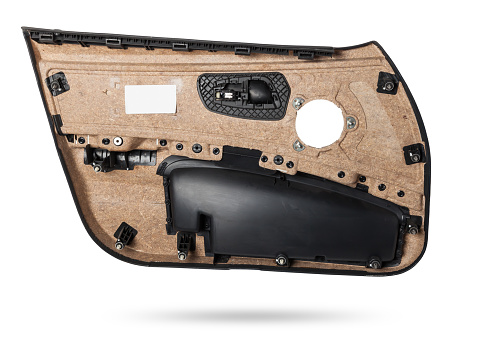
A "composite" is a product that is made up of an intimate mixture of two of more substances (e.g., concrete is a composite of sand, gravel, cement powder and water). Over half of all the plastics we use are actually plastic composites made up of resins, binders, fibers and/or fillers. The transport sector (cars, buses, planes, trains) uses many plastic composite parts to reduce weight and cost by replacing aluminum, steel and leather components with plastic composites (e.g., in a typical car, the front and back dashes, interior door panels, head liners, engine shields, and package trays are made with plastic composites). There are at least six ways to combine fibers with resins to make a composite product and, depending on the method, the fibers used can range from a meter in length to as short as one millimeter and can be used long and loose, in a mat form or made into a powder. Many plastic composites traditionally used glass fiber ("fibreglass") but flax fiber is roughly half the weight of glass fiber so a composite made with flax fiber instead of fibreglass can reduce the weight of that part by 20 to 30% depending on the composite recipe that is used.
The move to electric cars and better fuel mileage in all types of transport has created great interest in finding new sources of flax and hemp fibers to replace the glass fibers that are commonly used now in plastic composite items.
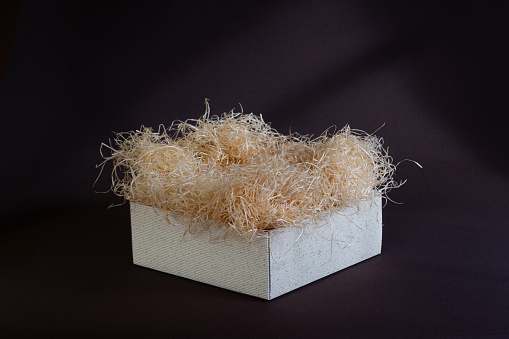
For centuries roughly cleaned under-retted flax fiber was used for stuffing furniture, mattresses and pillows and for cushioning items during shipping. Such uses have greatly declined with the use of cheap bubble wrap, styrofoam blocks and pellets, shredded foam, crimped polyester, etc but almost all will end up in landfill after one time use. Those starting out on a journey to produce higher quality flax fiber will always have some poor quality roughly cleaned and/or under-retted fiber. Environmentally friendly stuffing and wadding could be an end use they have not thought of.
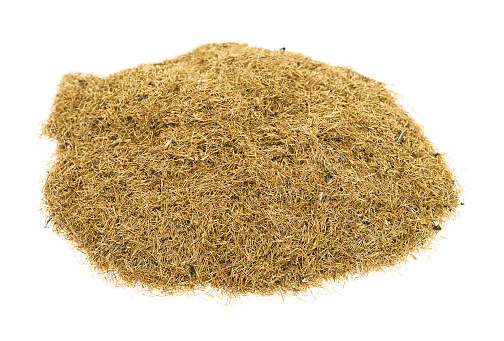
The woody, non-fiberous part of a flax stem is called shive and in hemp it is called hurd. Since it is 70 to 80 percent of the total weight of the stem, a processing plant needs to find profitable end uses for shives. Shives are relative bulky compared to fiber because fibers can be highly compressed for shipping but shives cannot be compressed much. Hence local profitable uses will depend on local circumstances. In some situations, shives can be a very important source of income. Uses include horse and pet bedding, landscape mulch, blown in insulation, additives to concrete, filtration media, plastic composite fillers, soil amendments, potting mixes, biofuel, texture media for paper and plaster, etc.